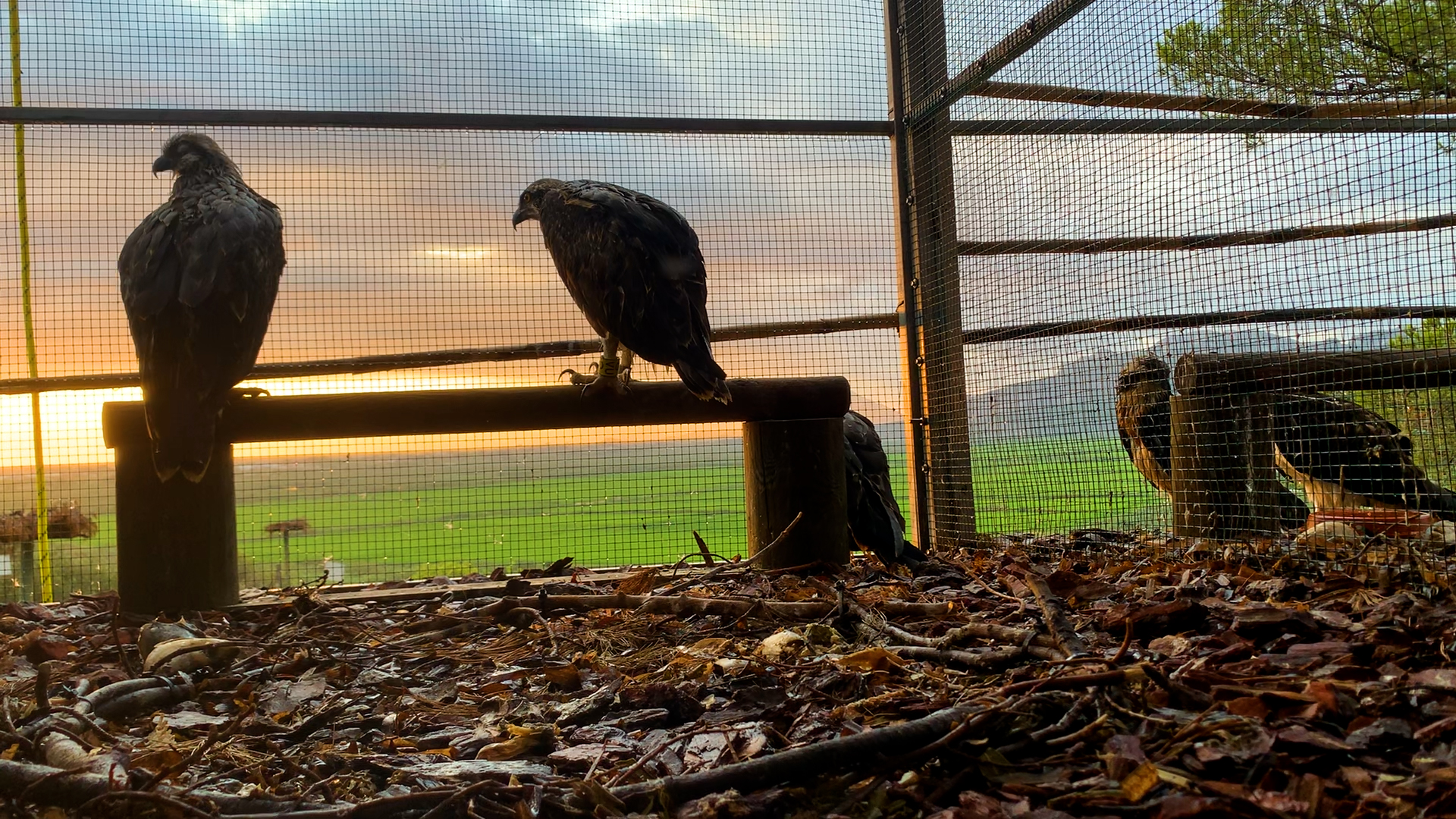Fundación Iberdrola España renews the agreement for the reinsertion of the osprey in the Valencian Community
- The project, carried out together with the Migres Foundation, analyzes and assesses the actions to be carried out for the recovery of this extinct bird of prey in the Iberian Peninsula
- The collaboration, which will involve an investment of 50,000 euros, is part of one of the main lines of activity of the Fundación Iberdrola España: birdlife protection and habitat conservation.
Iberdrola, through its Foundation in Spain, has renewed the agreement with the Migres Foundation for the reinsertion of the osprey in the Valencian Community. The project will allow us to continue analyzing and evaluating actions for the reintroduction and recovery of this extinct bird of prey in the Iberian Peninsula.
The director of Fundación Iberdrola España, Ramón Castresana, and the coordinator of the Friends of the Osprey project at Fundacion Migres, Carlos Torralvo, have signed the agreement at the headquarters of the Department of Environment, Water, Infrastructure and Territory in the presence of the General Director of the Natural Environment, Raúl Mérida.
Also present at the event were the head of the Wildlife Service and Natura 2000 Network of the Generalitat Valenciana, Juan Jiménez; the president of the Fundación Iberdrola España, Fernando García; and the company’s delegate in C. Valenciana, Ibán Molina.
The continuity of the project, which began in 2022 in the Marjal de Pego-Oliva Natural Park, will involve a new investment of 50,000 euros and is part of one of the main lines of activity of the Fundación Iberdrola España: birdlife protection and conservation. of habitats.
For the reinsertion of this species in the Valencian Community, breeding pairs will be monitored in the donor countries of young ospreys. Once this monitoring is done, they will be transferred to España for the release of approximately 20 chickens, which add to the dozen already transferred last year from Scotland following the agreement with Roy Dennis Wildlife . Foundation.
Since its inception, the Migres Foundation has developed more than 130 projects related to the reintroduction of two species of threatened birds, the osprey and the imperial eagle, to recover the Iberian Peninsula a species that had been extinct due to actions human and that he raised again in España.
Wildlife Foundation team
In addition to the renewal of the agreement, the Roy Dennis Wildlife Team Foundation has traveled from the United Kingdom to visit the osprey reintroduction project. The day began with a boat trip through the Cabo de San Antonio Marine Reserve. They have also had the opportunity to visit the hacking facilities in Muntanyeta Verda and the Marjal de Pego-Oliva Natural Park.
This visit was attended by the president of the Roy Dennis Wildlife Foundation, Roy Dennis OBE; the head of the biodiversity and climate change area of the Fundación Iberdrola España, Antonio Collada, and the head of the Migres Foundation project, Itziar Colodro.
Iberdrola, committed to environmental protection
Iberdrola, through its Foundation in Spain, is firmly committed to protecting the environment and fighting Climate Change. Thus, the commitment to biodiversity extends to important actions that are governed by the lines of action outlined in the Master Plan, such as support for conservation programs for threatened species and the restoration of protected habitats.
The Fundación Iberdrola España works with institutions and companies to improve the ecological environment and protect biodiversity. Among other initiatives, it supports the Rei Jaume I Award for Environmental Protection in the Community, which is awarded to people who have stood out in research on improving the ecological environment.
Likewise, it collaborates with the Natural Heritage Foundation of Castilla y León in a habitat improvement project and with the Department of Agriculture, Rural Development, Environment and Energy of the Government of Extremadura in a project to monitor significant species in the region. such as the black stork and the Egyptian vulture, two threatened species whose migratory behavior is not well known.

